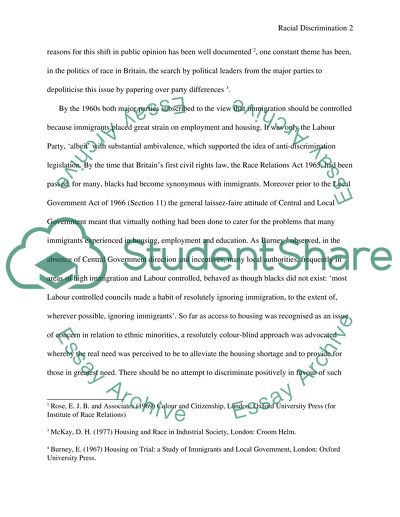Cite this document
(“Racial discrimination between UK and USA Essay Example | Topics and Well Written Essays - 4750 words”, n.d.)
Racial discrimination between UK and USA Essay Example | Topics and Well Written Essays - 4750 words. Retrieved from https://studentshare.org/law/1503544-racial-discrimination-between-uk-and-usa
Racial discrimination between UK and USA Essay Example | Topics and Well Written Essays - 4750 words. Retrieved from https://studentshare.org/law/1503544-racial-discrimination-between-uk-and-usa
(Racial Discrimination Between UK and USA Essay Example | Topics and Well Written Essays - 4750 Words)
Racial Discrimination Between UK and USA Essay Example | Topics and Well Written Essays - 4750 Words. https://studentshare.org/law/1503544-racial-discrimination-between-uk-and-usa.
Racial Discrimination Between UK and USA Essay Example | Topics and Well Written Essays - 4750 Words. https://studentshare.org/law/1503544-racial-discrimination-between-uk-and-usa.
“Racial Discrimination Between UK and USA Essay Example | Topics and Well Written Essays - 4750 Words”, n.d. https://studentshare.org/law/1503544-racial-discrimination-between-uk-and-usa.


